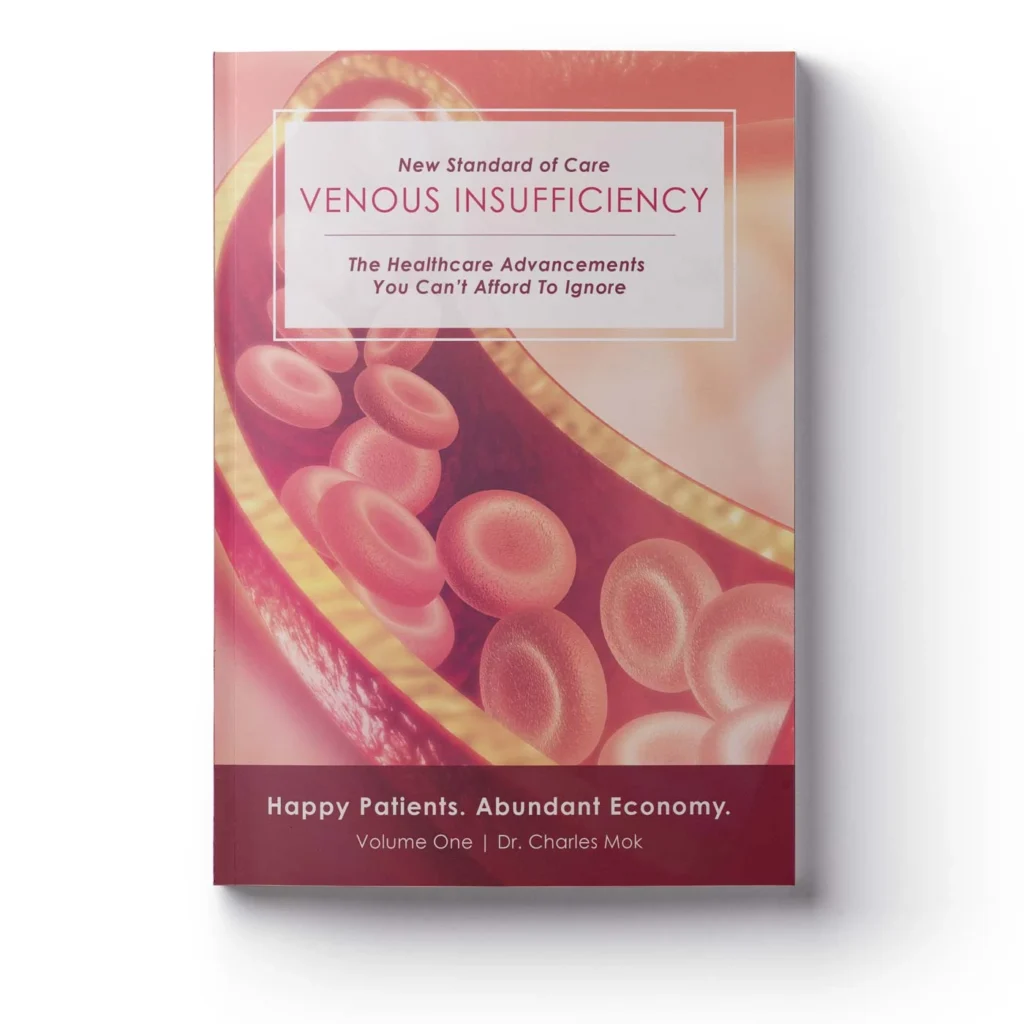The 6 Stages of Clinical Venous Insufficiency
C0 – No signs of clinical disease
C1 – Spider Veins
C2 – Varicose Veins
C3 – Swelling (with or without varicose veins)
C4 – Skin Changes (discoloration or change in skin texture)
C5 – Healed Ulcer (there was a previous open ulcer on the lower leg)
C6 – Active Ulcer

Patients with types C4-C6 are the most underserved and are our main focus. Here at Allure Medical, we use the term “ugly legs” to refer to these types of individuals because our peers in healthcare are not only unaware of the CEAP classification but are also largely unaware of the scope of chronic venous insufficiency.
Did you know that almost $15 billion dollars a year is spent treating wounds associated with venous insufficiency? Most ulcers caused by venous insufficiency but treated with wound care, if they heal at all, will recur. However, laser ablation of the saphenous and perforator reflux reduces the chance of recurrence to less than 5%.
Lets take a deeper dive into the different classifications to better understand what they are.
C1: Spider Veins
In this first classification, patients have spider veins or small visible veins. They cause no real health hazard and are completely cosmetic to have them taken care of.
C2: Varicose Veins
At this stage, patients do have varicose veins but they’re not bad enough to be considered problematic. They’re asymptomatic or cosmetic only. A large part of the varicose vein industry is built on managing these patients, even though there are many patients who do present with symptoms. These symptoms can seem small and insignificant, such as heaviness and fatigue, but in reality, these patients could be showing these symptoms because of something greater such as an edema, which would put these patients into type C3.
C3: Swelling
At this stage, patients can be hard to diagnose because they are often not able to be diagnosed during a physical exam and require a mapping (ultrasound) to see into the legs to determine if the veins are severe enough to be considered a C3.
C4: Skin Changes
This classification means there are changes to the skin but no signs of ulceration. The most common is some form of eczema of venous stasis, or a dermatitis. There can also be discoloration or brown spots as well as a condition called corona phlebectatica. Corona phlebectatica refers to tiny blue or red veins located near the ankle that are in a specific type of pattern.
C5 & C6: Healed Ulcer or Active Ulcer
These veins present ulcerations, healed or active. These are the types of veins that we focus on here at Allure. These patients are often misdiagnosed and visit wound care clinics routinely for treatment, when they’re not actually being treated, but maintained. Conservative management neither effectively treats nor prevents venous ulceration and its recurrence.
Do you have debilitating leg symptoms?
Allure Medical treats all types of venous insufficiency, from minor skin changes to full-on ulceration. Patients who have a history of blood clots in lower extremities are also more likely to suffer from venous insufficiency and develop leg ulcerations. In fact, in studies, over 40% of all C4 and above patients have had previous blood clots or DVT’s in their legs.
Ablation is an easy fix and no other health factors are contraindications to appropriate ablative treatment. Ablations are paramount to improving these patient’s quality of life and reduce their overall lifelong risk of living with diseased legs.

Want to learn more? Download the our vein ebook today.










